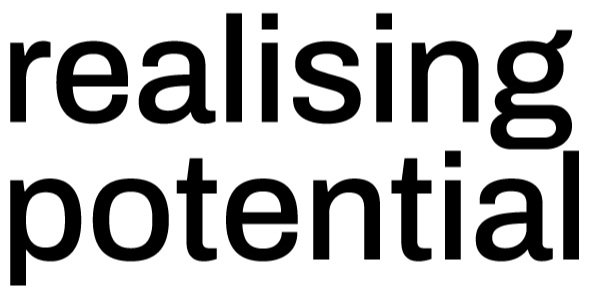How Cybernetics fits into the leadership and management sphere.
Written by Jackie 'O’Dowd
Last week I had conversations with two different people from two different large organisations in two different industries. Both people were wanting to talk about their particular situation at work as I have known them for a long time. Both are unhappy and vented their frustration, concern, and levels of anxiety emanating from their current roles. I listened for a while and together we started to talk through observations and questions. Reflecting on both conversations it has got me thinking about the impact of leadership, organisational structures, ineffective communication, and how we can be better at leading and managing everything a company does.
Both people have been with their respective organisations for years not months, and share similar characteristics in that they are smart, committed, adaptable, collaborative and are very good at what they do. Interestingly, both have feelings of not being listened to, of being ignored and are feeling demotivated.
Person A felt they have just wasted three months after being directed to manually enter data into a new system, when it could have been simply converted. The old system has more functionality and data capabilities than the new. When concerns were raised with the team manager, specific issues, impacts, opinions, and suggestions were ignored and simply shrugged off.
Person B has been in the role for some time resulting in a deep knowledge of the organisation, how it works, its formal and informal power structures and culture. This person plays a key role in inducting senior leaders into the organisation and is what I call a super-connector. Over time frustration and an increasing dissatisfaction with decisions that have been made and how they are made is taking a toll. Lengthy automated processes taking the place of a more effective three-minute phone call adding to stress levels.
We can all agree that a typical larger organisation of today is complex, frequently having a layered or matrix type structure, averaging 8 wide and 10 or more deep. As leaders, managers, and people in key roles in organisations like this, it’s easy to lose sight of what’s happening and to lose sense of how people work, contribute, and feel. Getting information can be difficult because stored in multiple systems and its generally presented in personalised, aggregated, and distilled forms. All too often we need to decode and interpret complex and often conflicting communication and miscommunication, and it seems like there is never enough time in which to do it.
Enter Cybernetics as a frame for leadership and management in large complex organisational systems of people, process, technology, and information. I think it fits nicely into the organisational sphere by providing an approach for calibration, communication, control, and feedback - the things that create the conditions for connection, emotional intelligence, and performance. Things we need to understand, encourage and get to grips with as we work through the practicalities of how humans and new technologies interact and evolve.

